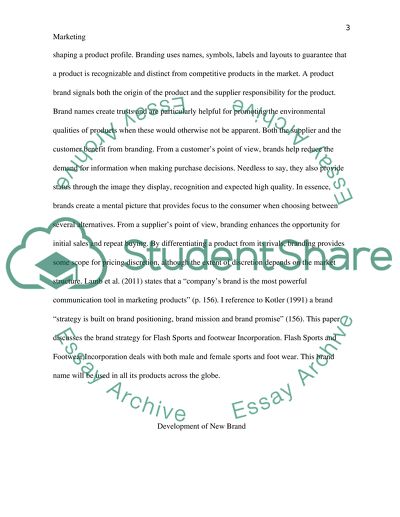Cite this document
(“Brand development plan Essay Example | Topics and Well Written Essays - 2500 words”, n.d.)
Brand development plan Essay Example | Topics and Well Written Essays - 2500 words. Retrieved from https://studentshare.org/marketing/1400140-brand-development-plan
Brand development plan Essay Example | Topics and Well Written Essays - 2500 words. Retrieved from https://studentshare.org/marketing/1400140-brand-development-plan
(Brand Development Plan Essay Example | Topics and Well Written Essays - 2500 Words)
Brand Development Plan Essay Example | Topics and Well Written Essays - 2500 Words. https://studentshare.org/marketing/1400140-brand-development-plan.
Brand Development Plan Essay Example | Topics and Well Written Essays - 2500 Words. https://studentshare.org/marketing/1400140-brand-development-plan.
“Brand Development Plan Essay Example | Topics and Well Written Essays - 2500 Words”, n.d. https://studentshare.org/marketing/1400140-brand-development-plan.


